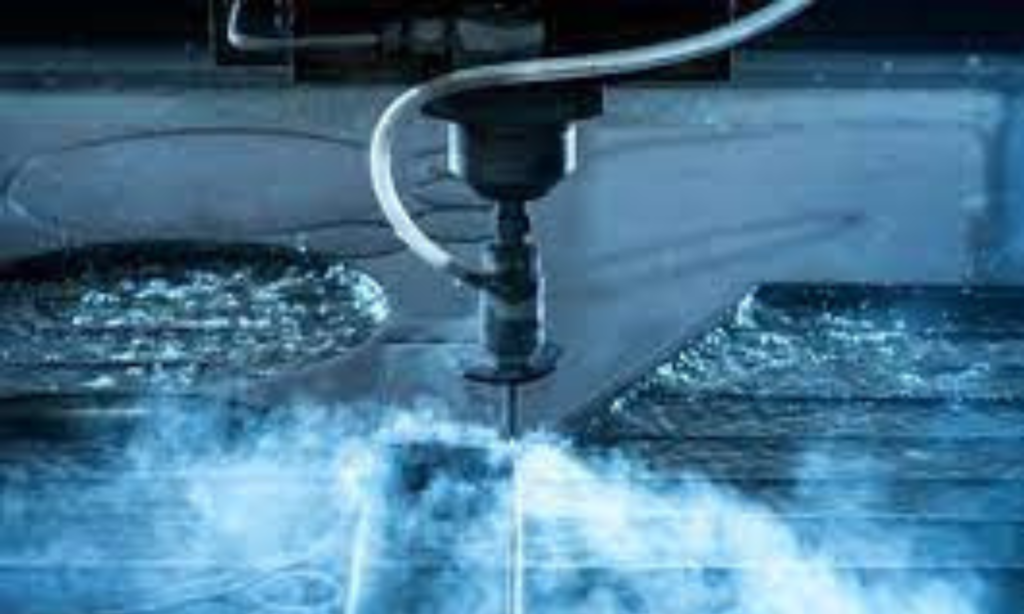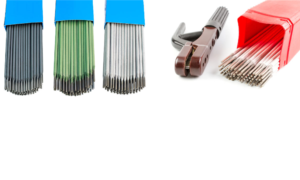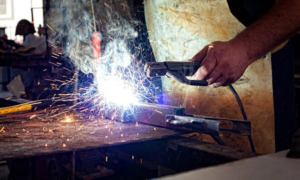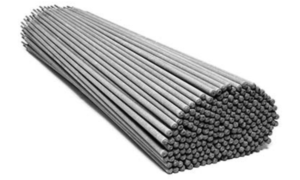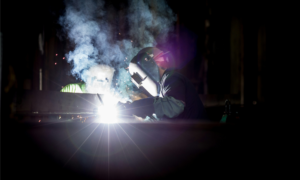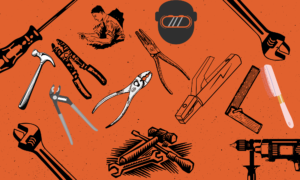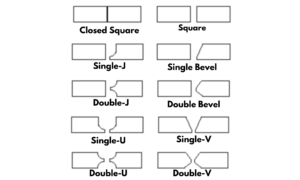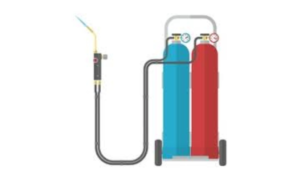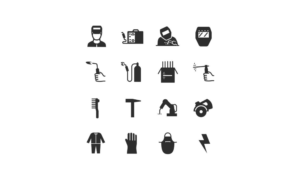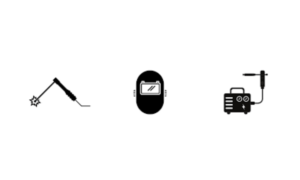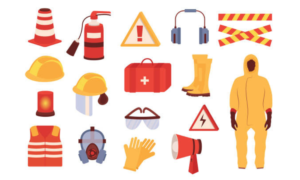A water jet cutter psi typically operates at pressures ranging from 30,000 to 90,000 psi. These high-pressure cutters are used for the precise cutting of various materials.
PSI pounds per square inch.
Water jet cutting is a versatile and precise method for slicing through materials using a high-pressure stream of water, or a mixture of water and an abrasive substance. This state-of-the-art technique allows for cutting a vast array of materials, including metal, stone, glass, and composites, without the heat-induced warping or emissions associated with other cutting methods.
With its ability to maintain the integrity of the material being cut, a water jet cutter is particularly useful in industries where precision is paramount, such as aerospace, manufacturing, and fabrication. Its eco-friendly nature, coupled with precision and speed, makes it a preferred choice for professionals seeking a high-quality finish and intricate designs.
The Mechanics Behind Water Jet Cutters
Water Jet Cutter Design
A water jet cutter includes several key parts: a high-pressure pump, a cutting head, and an abrasive delivery system. Together, these components create a stream of water so powerful it can cut through metal. Water jet cutters are designed to direct water flow with unmatched accuracy.- High-pressure pump: Generates water force.
- Cutting head: Directs the water stream.
- Abrasive delivery system: Adds materials for cutting power.
The Role Of High-pressure Pumps
The high-pressure pump serves as the heartbeat of a water jet cutter. It boosts normal water pressure to levels reaching 50,000 to 90,000 PSI. This extreme pressure allows the jet of water to cut through materials quickly. Pressure’s role:- Converts low pressure into high pressure.
- Empowers the water stream to cut through thick materials.
- Enables the water jet to mix with abrasives for enhanced cutting.
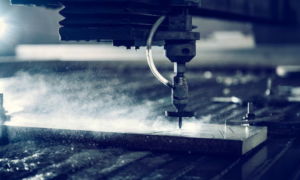
Psi Explained
Defining Psi In Water Jet Technology
PSI represents the unit of pressure applied by the water jet. A high PSI means the water is pushed through the cutter’s nozzle with greater force. This force can cut metals, stones, or glass. The PSI level in water jet cutters often ranges from 30,000 to 90,000. This wide range allows for various cutting needs.Impact Of Psi On Cutting Abilities
PSI directly impacts a water jet cutter’s performance. Higher PSI levels result in faster and deeper cuts. Lower PSI might be suitable for delicate materials. Consistent pressure ensures smooth edges and precise cuts. The table below shows the effects of different PSI levels on cutting abilities:| PSI Level | Material Thickness | Cutting Speed | Finish Quality |
|---|---|---|---|
| 30,000 PSI | Thin materials | Slower | Smooth |
| 60,000 PSI | Medium thickness | Moderate | High-quality |
| 90,000 PSI | Thick materials | Fast | Precise |
Materials And Water Jet Cutters
Versatility In Cutting Various Materials
Water jet cutters shine in versatility. Unlike other methods, they cut through diverse materials without heat. This prevents damage from high temperatures. Here is a list of materials they can handle:- Metal: Including steel, aluminum, and brass
- Stone: Like marble and granite
- Glass: Both tempered and laminated variations
- Plastics: From acrylic to polycarbonate sheets
- Composites: Such as fiberglass and carbon fiber
Material Thickness Vs. Psi Requirements
The thicker the material, the higher the PSI needed. Each material has its own PSI requirement for efficient cutting. Here’s a simplified guide:| Material | Thickness | Required PSI |
|---|---|---|
| Steel | 1/2 inch | 30,000 to 60,000 PSI |
| Aluminum | 1 inch | 30,000 to 60,000 PSI |
| Granite | 2 inches | 35,000 to 55,000 PSI |
| Glass | 1/4 inch | 20,000 to 40,000 PSI |
Optimizing Cutting Precision
Balancing Speed, Quality, And Psi
Finding the right balance is critical for water jet cutting. The PSI level directly impacts cutting speed and finish quality. High PSI can speed up the process, but it may not always result in the desired quality.- Quality over speed ensures better detailing.
- Lower PSI may be best for delicate materials. It prevents damage.
- Test cuts help find the balance. Test before the final cut.
Advanced Techniques For Improved Precision
Advanced cutting techniques leverage technology for precision. They involve software and hardware adjustments to refine PSI settings.| Technique | Benefit |
|---|---|
| Piercing | Controlled start, prevents material cracks. |
| PSI Pulsing | Minimizes wear, extends machine life. |
| 3D Cutting | Angles the jet for complex shapes. |
Safety And Maintenance
Safety Precautions For High-PSI Equipment
High-pressure water jets can be dangerous. Operate them with care. Follow these steps to stay safe:- Read Manuals: Know your cutter inside and out.
- Wear Protection: Use gloves, goggles, and ear protection.
- Inspect Regularly: Check hoses and connections.
- Keep Clear: Stay away from the jet stream.
- Emergency Stops: Know where they are. Test them often.
- Train Right: Only trained professionals should operate the cutter.
Regular Maintenance For Peak Performance
To keep your cutter running smoothly, remember:| Task | Frequency |
|---|---|
| Change Water Filters | Monthly |
| Inspect Nozzles | Weekly |
| Check Pump Oil | Every 500 hours |
| Examine Hoses | Bi-weekly |
| Review Cutting Parameters | Before each job, |
Future Directions In Water Jet Cutting
Innovations In PSI and Efficiency
Advancements in water jet cutting machines are creating waves. Higher PSI levels mean these machines cut faster and handle tougher materials. It’s not just about power; it’s about smart power. Efficiency upgrades make sure energy isn’t wasted.- Intelligent pumps optimize pressure for various materials.
- Enhanced nozzles create finer cuts with less water.
- Smart systems predict maintenance, avoiding downtime.
The Environmental Impact Of Water Jet Cutting
Cutting techniques that reduce environmental footprints are vital. Water jet cutting rises to this challenge. It uses natural elements: water and garnet. No toxic fumes or byproducts are released.| Feature | Environmental Benefit |
|---|---|
| Water Reuse Systems | Saves water, reducing waste. |
| Minimal Material Wastage | Efficient material use. |
| Non-Hazardous Waste | Safe disposal and recycling. |
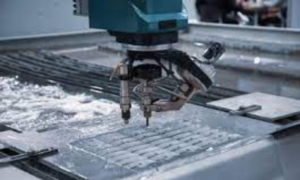
Frequently Asked Questions For Water Jet Cutter Psi
What PSI Does A Waterjet Cut At?
A waterjet typically cuts at pressures ranging from 30,000 to 90,000 PSI (pounds per square inch).
How Powerful Are Water Jet Cutters?
Water jet cutters are highly powerful tools, capable of slicing through materials up to 200 millimeters thick. They utilize high-pressure water streams, often mixed with abrasive particles, to cut a wide range of substances, from metal to stone, precisely and efficiently.
Can Water Cut Iron If the Pressure Is 90000 Psi?
Yes, water can cut iron at 90000 psi due to the extreme pressure turning it into a powerful cutting jet.
At What Psi Can Water Cut Metal?
Water can cut metal at a pressure starting around 30,000 PSI. High-pressure systems can exceed 90,000 PSI for precise cutting.
Conclusion
Wrapping up, and selecting the right water jet cutter PSI is pivotal for precision and efficiency. Tailor your choice of material type and thickness for optimal results. Confidently cut through your projects with the power of high-pressure water jets. Embrace this cutting-edge technology to elevate your craftsmanship to the next level.
Read More:

